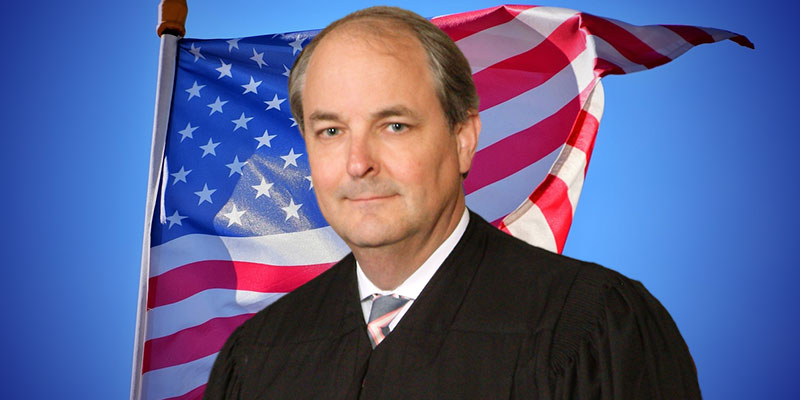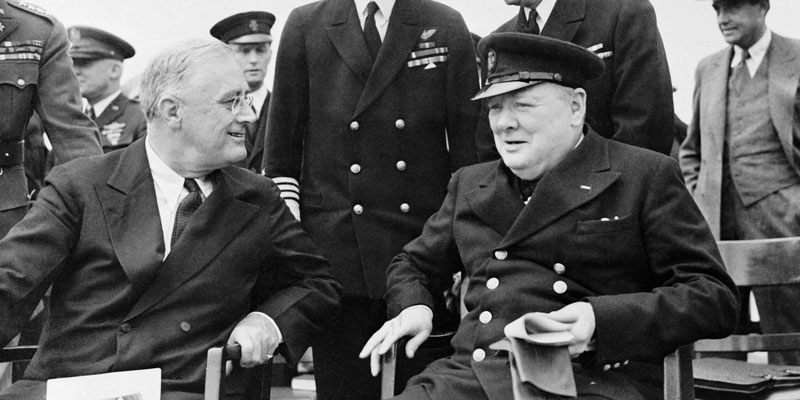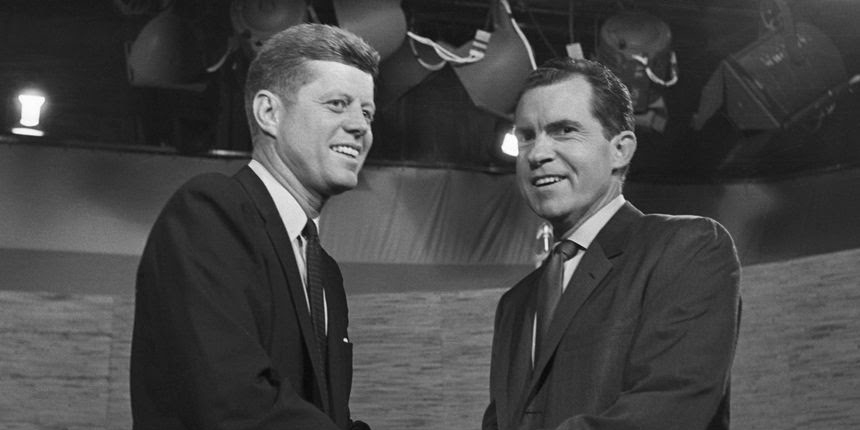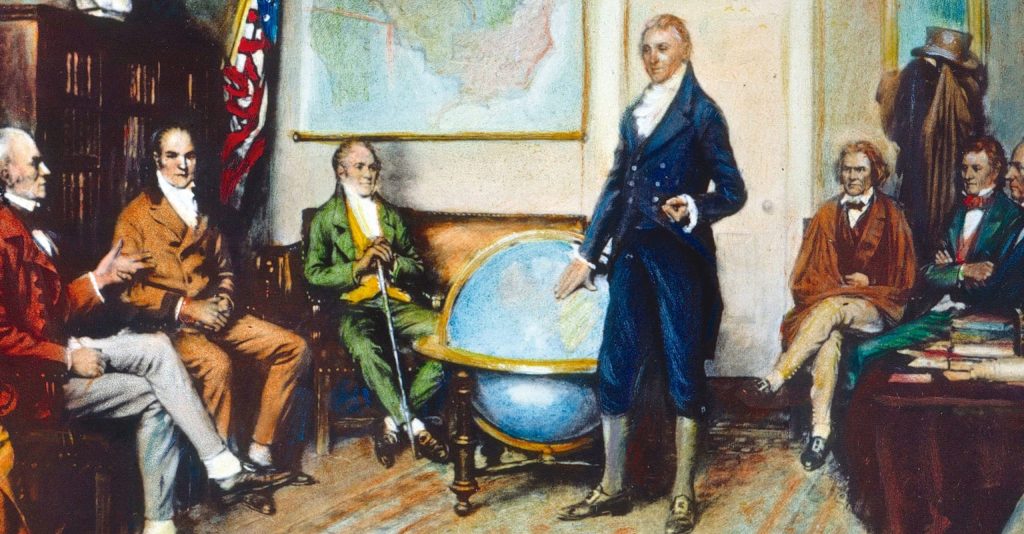The world Nicholas Copernicus was born into was wrong.
Indeed, 550 years ago, almost everything people thought about the world and their place in it were based on false ideas. Without necessarily meaning to, Copernicus shook his world to the core and ushered in a revolution in science.
Everyone in the western world believed that the Earth was stationary and was the center of the universe. People might argue about other things, but everyone accepted the Earth’s role and believed everything revolved around it; literally and figuratively.
But this universal belief was not based upon any empirical proof; rather it was an ideology, both philosophical and theological, which misunderstood the place of human beings as the highest order of creation. Other creatures lived under the orbit of humanity and derived their status as subservient to humans. The Earth as the home of humanity must thus be the center of the universe around which all other stars and planets revolved.
This belief was further supported by various theological scholars who selectively misquoted passages from the scriptures to support a stationary Earth. So, while religious sects might argue about other issues, the Earth’s center of the universe was indisputable dogma. There was nothing to compromise.
Copernicus was not a modern scientist seeking to prove a theory. Rather, he was an observer of the world around him and no doubt, like others, looked at the stars and planets each night. The movement of the stars and planets was a way to tell time, plot the seasons, and conjure various astrological ideas about planets and human traits.
In observing the night sky, Copernicus could easily plot when various stars and planets were visible and predict their daily movements. But when his observations turned into graphically plotting how the planets moved around the earth, it was difficult to do.
With the absolute, immutable belief of the Earth’s universal center, depicting how the sun, moon and plants move around the Earth was a mess. Any observer could see that rather than simple, consistent movement patterns, some stars and planets moved side to side and up and down. Other observations revealed any number of problems that made the motions of the planets appear arbitrary. Throw a comet or other exceptional celestial event into the mix, and the movement patterns became even less consistent.
Clever scientists developed explanations for each of these anomalies all in keeping with a stationary Earth. While reasonable explanations might be accepted, trying to model the night sky created a complicated system that was anything but orderly. As additional planets were more carefully observed and added to the system, the depiction of the rotations and revolutions around the earth became unintelligible.
When Copernicus saw a 3D model of this mass of stars and moons revolving around planets which revolved around a stationary Earth, he instinctively knew something was amiss. The problem he reasoned, was perspective. Everyone on Earth could see the movements in the night sky and plot it out, but when the observations were depicted from a stationary Earth, the movements became immensely more complicated to illustrate.
If someone viewed these same movements from the sun or another planet, the result might be different. Thinking outside the planet, Copernicus looked at the convoluted patterns necessary to prove a non-moving, central Earth. It became apparent that if there was any order in the universe, the initial premise must be incorrect.
Harking back to early astronomers who had made only rudimentary tracks of the movement of the planets, Copernicus found vague discussions of the sun being the center of the universe. Then, using his more detailed observations of the motions of the various stars and planets, Copernicus sketched out a system with the sun as the center of the universe with the Earth, like other planets, revolving around it.
Once the center of the universe moved, the observations from Earth made much more sense and seemed to have greater order. He shared his thoughts primarily in academic settings and wrote summaries of his findings more as theory and conjecture than as truth. He collected several writings advocating the sun as the center of the universe, but he died before they were published.
While Copernicus would never receive the derision or adulations of others who came after him, he started a new way of thinking about not only the universe, but the place of humans and our perspective of ourselves in the context of our solar system.
After Copernicus, belief in the structure of the solar system could have dire consequences. Recall the story of Galileo, who embraced Copernicus’s system at the cost of life imprisonment. Others were executed for believing what they saw versus an imposed orthodoxy.
But gradually, the system Copernicus initiated won the day. The consensus dogma was revised when it became apparent that the Earth rotated on its axis and revolved around the sun. But until that consensus developed, many people accepted a belief system that was explicitly wrong.
In this case, the science of observation and open discussion overcame challenges based on unfounded beliefs. The centrality of humanity gave way to a less exalted view of both the planet and its inhabitants.
So as the 550th anniversary of the birth of Copernicus is celebrated in Poland this month, his legacy is less of a challenge to the prevailing orthodoxy and more of a lesson in practical observation of the natural world. His legacy also reveals the problems with holding an uncompromising position and being unwilling to change in the face of empirical evidence.
Embracing a belief without factual support becomes unsustainable when undeniable evidence proposes a different conclusion. Such a false system requires layers of speculation of unprovable notions that disintegrate when exposed to reality.
When chained to false beliefs, science merely perpetuates bogus theories. Copernicus’ legacy shows that when common sense observation is applied, reality supports the science and allows advancement in our understanding of who we are and the planet we occupy.
Will Sellers, a graduate of Hillsdale College, is an associate justice on the Supreme Court of Alabama. He is best reached at [email protected]













